Knots and links
Presented by Dr Julia Collins
Knots have existed in cultures around the world for thousands of years, in art and religion as well as for climbing, sailing and fishing. When did they become a part of mathematics, and why?
A mathematical knot is special because it has no beginning or end, trapping the tangle in a neverending loop. Mathematicians like to ask simple questions like “How can we tell if two knots are the same?”, or “How many knots are there with 5 crossings?”. Such simple questions rarely have a simple answer, and many are still waiting for new ideas to help solve them.
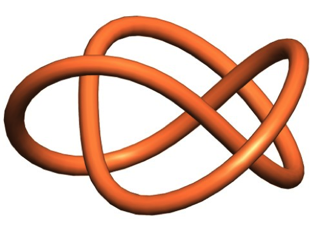 |
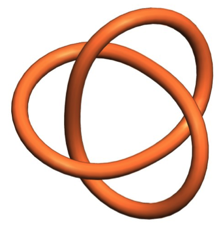 |
|
Are these two knots the same? |
|
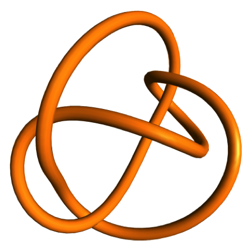 |
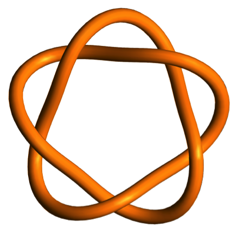 |
|
How about these? |
|
These simple questions are also becoming very important in chemistry and biology, where knots can be made out of molecules and DNA. If two medicines were made from the same molecules but knotted in different ways, how could you tell which was which? And how can we use the theory of knots to help develop new cancer drugs?
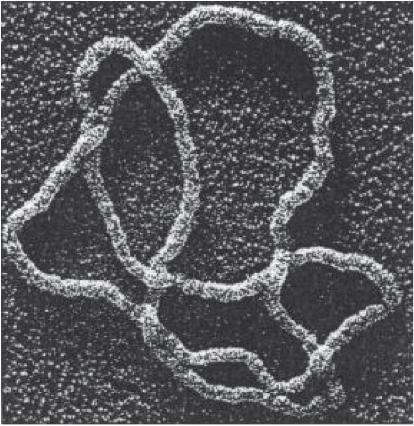 |
|
Knotted DNA: why is this a problem? |

